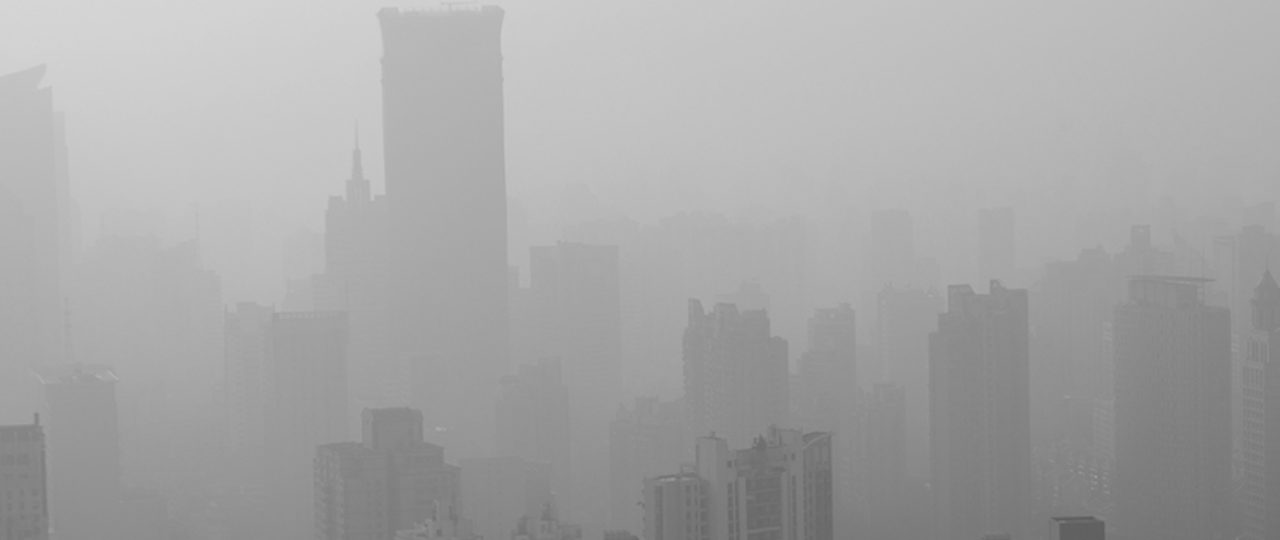
In order to monitor outdoor air pollution, several countries have agreed on a common system for measuring and alerting residents on days with unhealthy air pollution levels. The system is called AQI – which means Air Quality Index and consists of a scale that is indicating real time values on how dirty and hazardous the air is. Imagine the scale as a “thermometer” from 0 to 500. The higher the AQI value, the dirtier the air is outdoors. For example, values up to 50 on the AQI scale represent a good air environment with small impact on health, while an AQI value above 300 represents a major health hazard. The WHO has set up a recommendation for outdoor air to below 10 AQI. That is the level they consider to be safe. That corresponds to a pollution of approx. 10 micrograms per cubic meters of air.
Some cities have decided that when the AQI exceeds a certain value for several days in a row or is above 500 AQI for one day, day care centres and schools are closed. They call it “red alert day”. You can for example read about it here. On days like this, the city council considers the air so polluted that being outdoors is neither healthy nor advisable.
PM 2.5 particles and oil mist particles are of same size.
One of the pollutants measured in the AQI is PM 2.5, where PM stands for particulate matter. It means that all particles are smaller or equal to 2.5 microns. That is also the exact same size range as oil mist originating from metal machining like cutting, turning and drilling. Since we spend 2/3 of our awake time at work, clean air must be important, right?
Comparing indoor air quality regulations with outdoor air recommendations
Now, what happens if we compare the regulations for these cities with the laws and regulations for indoor air quality at work?
Sweden has one of the lowest threshold limit values for oil mist in the world. Here, the limit for oil mist is set at 1 milligram / m3 air. If we convert that into the same unit that are used in AQI and outdoor air measurements, it would mean 1000 microgram/ m3 air. In many European countries the same threshold limit value is set at 5 mg/m3, equal to 5000 micrograms/ m3 air. That is ten times higher than on a red alert day, when the city is considering the air quality so bad outdoors that the schools are kept closed. Why? We know, it is not the same type of particles as outdoors, but they are of the same size. Consequently, they should pass just as deep into our body’s reaching both lungs and blood stream? Or?
Absolent is cleaning the air
Fortunately, there are companies focusing at providing a healthy air environment at work. Companies that care – just like we do.
Today, Absolent filter units are cleaning more than 70 million cubic meters of air every hour! It might sound much, but it is not enough! More Absolent filters are needed to make both inner and outer air clean. Join us in making the world cleaner!





